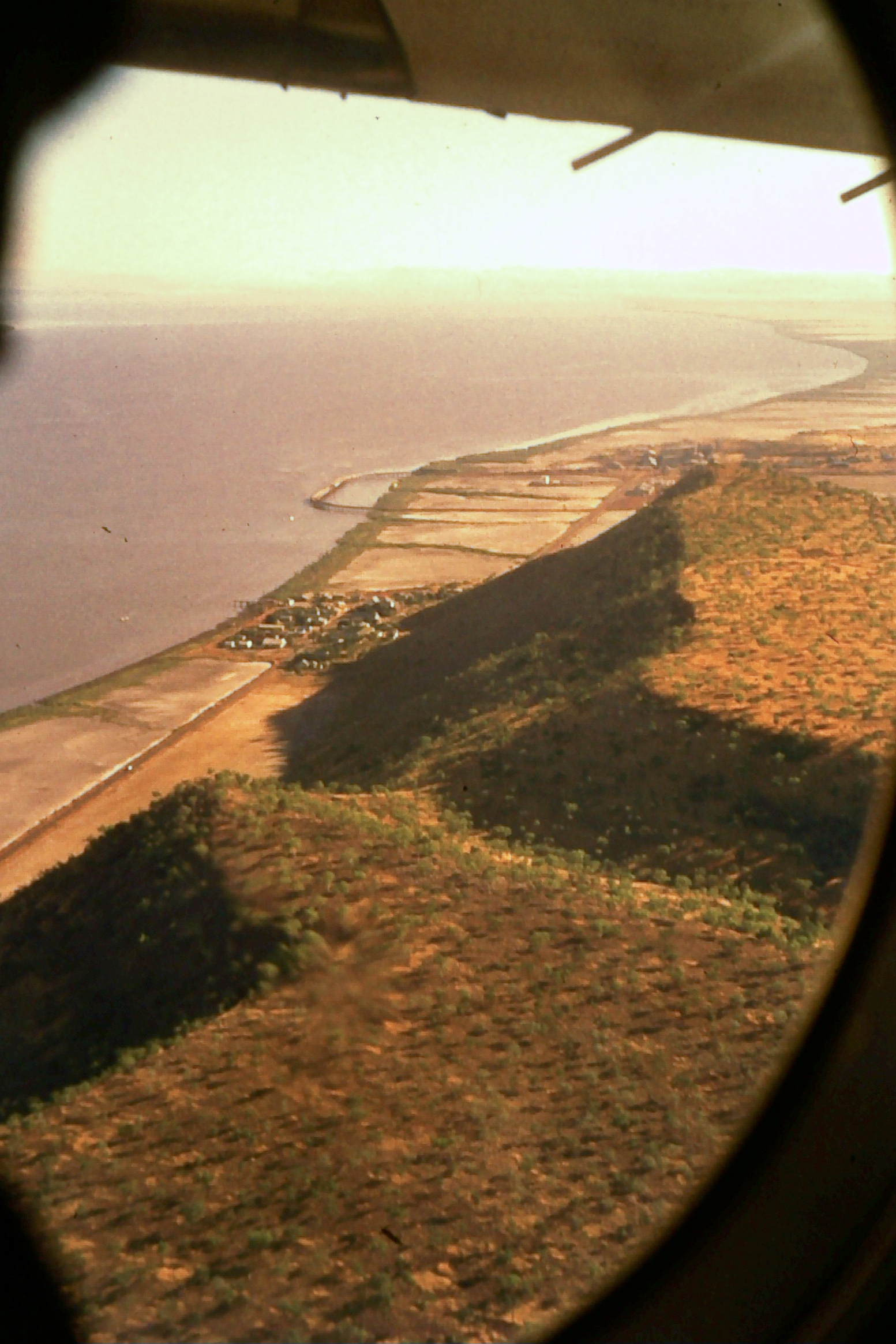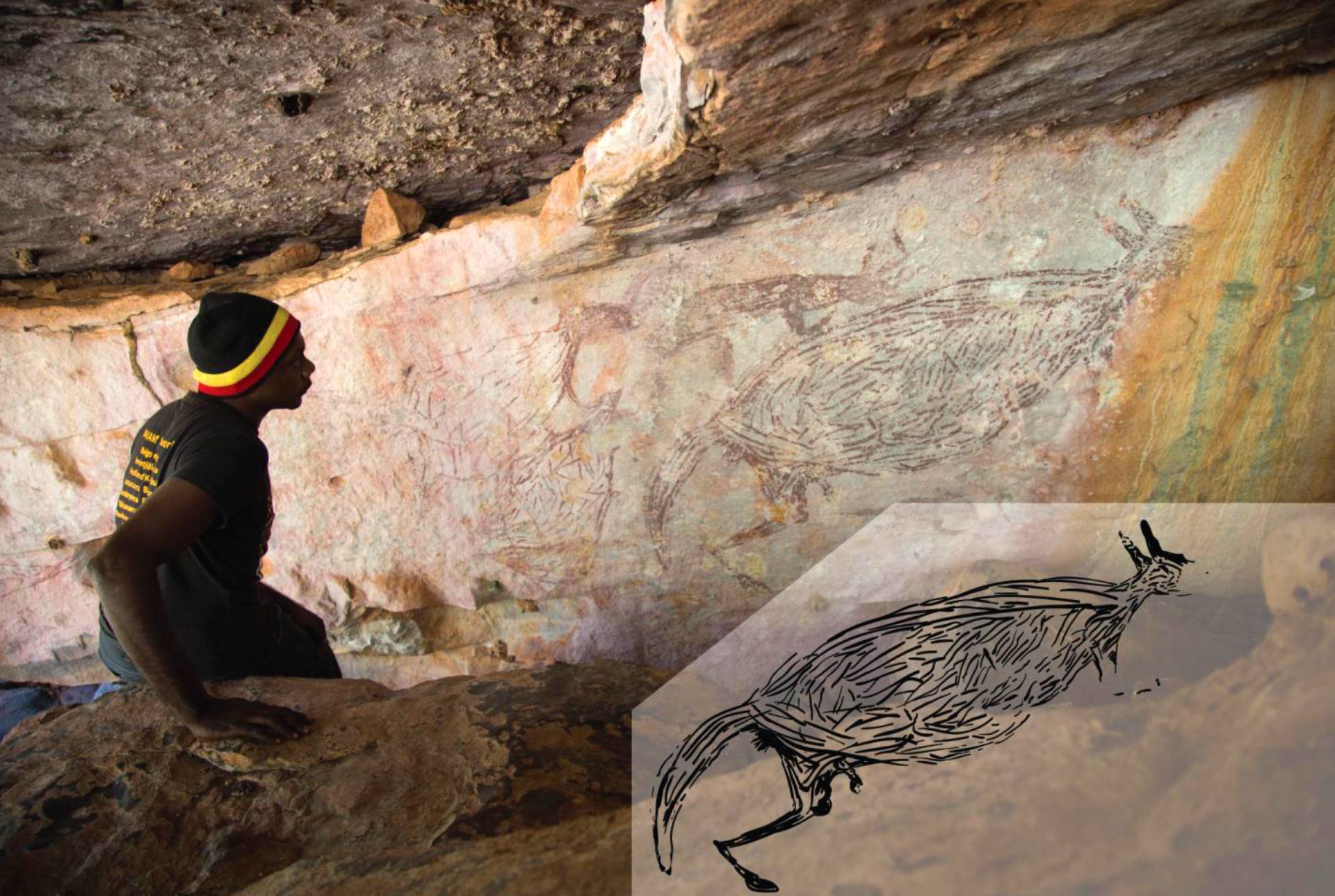|
Cape Dussejour
Cape Dussejour is located at the western side of the entrance to the Cambridge Gulf in the Kimberley (Western Australia), Kimberley region of Western Australia. The Cape to the south east, on the eastern side of the mouth, is Cape Domett, with Lacrosse Island located between them. Cape Dussejour was named after Achille Pierre Dionis du Sejour page 45 by Nicolas Baudin. It was previously named Cape Berquin in the 1801-1803 French expedition. Notes {{coord, 14, 44, 20, S, 128, 12, 30, E, type:landmark_region:AU-WA_dim:20000, display=title Headlands of Western Australia, Dussejour Cambridge Gulf ... [...More Info...] [...Related Items...] OR: [Wikipedia] [Google] [Baidu] |
Cambridge Gulf
Cambridge Gulf is a gulf on the north coast of the Kimberley region of Western Australia. Many rivers flow into the gulf, including the Ord River, Pentecost River, Durack River, King River and the Forrest River, making the environment an estuarine one. The gulf experiences two large tidal flows each day between . The town of Wyndham, the area's principal port, lies on its eastern bank at the lower part of the gulf and is approximately by road west-north-west of Kununurra. Cambridge Gulf is a gulf within a gulf, being at the southern extremity of the Joseph Bonaparte Gulf, in the Timor Sea. The entrance of the Gulf is defined by Cape Domett on the eastern shore, Lacrosse Island in the middle, and the Cape Dussejour on the western shore, with King Shoals and Medusa Banks out in Joseph Bonaparte Gulf beyond Lacrosse Island. The conjunction between the gulf and the lower regions of the Ord River (the eastern arm), and the Durack and Pentecost Rivers (the western ... [...More Info...] [...Related Items...] OR: [Wikipedia] [Google] [Baidu] |
Kimberley (Western Australia)
The Kimberley is the northernmost of the nine regions of Western Australia. It is bordered on the west by the Indian Ocean, on the north by the Timor Sea, on the south by the Great Sandy Desert, Great Sandy and Tanami Desert, Tanami deserts in the region of the Pilbara, and on the east by the Northern Territory. The region was named in 1879 by government surveyor Alexander Forrest after Secretary of State for the Colonies John Wodehouse, 1st Earl of Kimberley. History The Kimberley was one of the earliest settled parts of Australia, with the first humans landing about 65,000 years ago. They created a complex culture that developed over thousands of years. Yam (vegetable), Yam (''Dioscorea hastifolia'') agriculture was developed, and rock art suggests that this was where some of the earliest boomerangs were invented. The worship of Wandjina deities was most common in this region, and a complex theology dealing with the transmigration of souls was part of the local people's religi ... [...More Info...] [...Related Items...] OR: [Wikipedia] [Google] [Baidu] |
Western Australia
Western Australia (WA) is the westernmost state of Australia. It is bounded by the Indian Ocean to the north and west, the Southern Ocean to the south, the Northern Territory to the north-east, and South Australia to the south-east. Western Australia is Australia's largest state, with a land area of , and is also the List of country subdivisions by area, second-largest subdivision of any country on Earth. Western Australia has a diverse range of climates, including tropical conditions in the Kimberley (Western Australia), Kimberley, deserts in the interior (including the Great Sandy Desert, Little Sandy Desert, Gibson Desert, and Great Victoria Desert) and a Mediterranean climate on the south-west and southern coastal areas. the state has 2.965 million inhabitants—10.9 percent of the national total. Over 90 percent of the state's population live in the South-West Land Division, south-west corner and around 80 percent live in the state capital Perth, leaving the remainder ... [...More Info...] [...Related Items...] OR: [Wikipedia] [Google] [Baidu] |
Cape Domett
Cape Domett is at the eastern side of the mouth of the Cambridge Gulf in the Kimberley region of Western Australia. It is opposite Cape Dussejour, which lies to the north west of Cape Domett, with Lacrosse Island located between the capes. In 1975 it was considered for the location of a bulk sugar terminal for the Ord River The Ord River is a river in the Kimberley (Western Australia), Kimberley region of Western Australia. The river's catchment covers . The lower Ord River and the confluence with Cambridge Gulf create the most northern estuarine environment in ... sugar industry. Notes {{coord, 14, 49, S, 128, 23, E, type:landmark_region:AU-WA_dim:20000, display=title Domett Cambridge Gulf ... [...More Info...] [...Related Items...] OR: [Wikipedia] [Google] [Baidu] |
Lacrosse Island
Lacrosse Island is an island in the Cambridge Gulf in the Kimberley region of Western Australia, located between Cape Domett on the eastern shore and Cape Dussejour on the western. The island is in the local government area of the Shire of Wyndham-East Kimberley. It lies at the point where Cambridge Gulf and Joseph Bonaparte Gulf meet at the Medusa Banks, just north of the island. The south eastern end of the island is named "White Stone Point", with the north western end named "West Bluff". During the Kimberley gold rush of the 1880s, a boat utilised Lacrosse Island as the staging point for the "Bendigo Party" to proceed to the Kimberley goldfield. Due to tidal ranges in the approach to Cambridge Gulf, careful note of the Lacrosse tidal range is needed. In the 1920s visitors to the island sought out turtle eggs. Fauna Lacrosse Island is an important nesting area for the flatback sea turtle The Australian flatback sea turtle (''Natator depressus'') is a species of se ... [...More Info...] [...Related Items...] OR: [Wikipedia] [Google] [Baidu] |
Achille Pierre Dionis Du Sejour
Achille (, ) is a French and Italian masculine given name, derived from the Greek mythological hero Achilles. It may refer to: People Artists * Achille Beltrame (1871–1945), Italian painter * Achille Calici (c. 1565–?), Italian painter * Achille Castiglioni (1918–2002), Italian designer * Achille Cattaneo (1872–1931), Italian painter * Achille Devéria (1800–1857), French painter and lithographer * Achille Duchêne (1866–1947), French garden designer * Achille Empéraire (1829–1898), French painter * Achille Formis (1832–1906), Italian painter * Achille Funi (1890–1972), Italian painter * Achille Glisenti (1848–1906), Italian painter * Achille Granchi-Taylor (1857–1921), French painter and illustrator * Achille Lega (1899–1934), Italian painter * Achille Leonardi (c. 1800–1870), Italian painter * Achille Locatelli (painter) (1864–1948), Italian painter * Achille Mauzan (1883–1952), French illustrator, painter and sculptor * Achille Etna Michallo ... [...More Info...] [...Related Items...] OR: [Wikipedia] [Google] [Baidu] |
Nicolas Baudin
Nicolas Thomas Baudin (; 17 February 175416 September 1803) was a French explorer, cartographer, naturalist and hydrographer, most notable for his explorations in Australia and the southern Pacific. He carried a few corms of Gros Michel banana from Southeast Asia, depositing them at a botanical garden on the Caribbean island of Martinique. Biography Early career Born a commoner in Saint-Martin-de-Ré on the Île de Ré on 17 February 1754, Nicolas Baudin joined the merchant navy as an apprentice () at the age of 15; he was then "of average height with brown hair". He then joined the French East India Company at the age of 20 on ''Flamand''. He returned from India on ''L'Étoile'' and arrived at Lorient. At the beginning of 1778, he was to set sail from Nantes on ''Lion'' as second lieutenant. It was a ship equipped by his uncle, Jean Peltier Dudoyer, at the request of the Americans, which would become a privateer and be renamed ''Deane''. At first the Minister for the N ... [...More Info...] [...Related Items...] OR: [Wikipedia] [Google] [Baidu] |
Headlands Of Western Australia
A headland, also known as a head, is a coastal landform, a point of land usually high and often with a sheer drop, that extends into a body of water. It is a type of promontory. A headland of considerable size often is called a cape.Whittow, John (1984). ''Dictionary of Physical Geography''. London: Penguin, 1984, pp. 80, 246. . Headlands are characterised by high, breaking waves, rocky shores, intense erosion, and steep sea cliff. Headlands and bays are often found on the same coastline. A bay is flanked by land on three sides, whereas a headland is flanked by water on three sides. Headlands and bays form on discordant coastlines, where bands of rock of alternating resistance run perpendicular to the coast. Bays form when weak (less resistant) rocks (such as sands and clays) are eroded, leaving bands of stronger (more resistant) rocks (such as chalk, limestone, and granite) forming a headland, or peninsula. Through the deposition of sediment within the bay and the erosion of ... [...More Info...] [...Related Items...] OR: [Wikipedia] [Google] [Baidu] |



